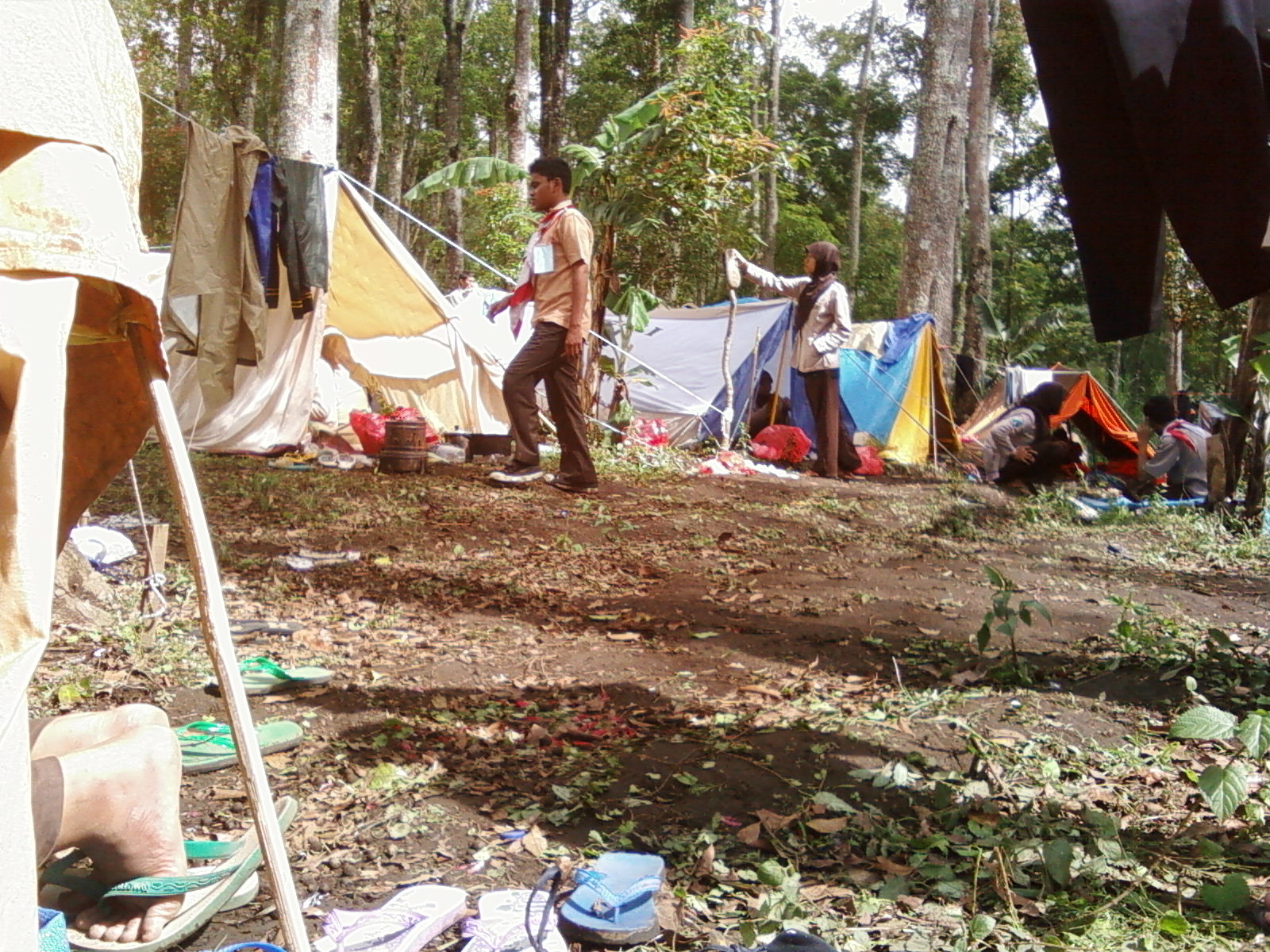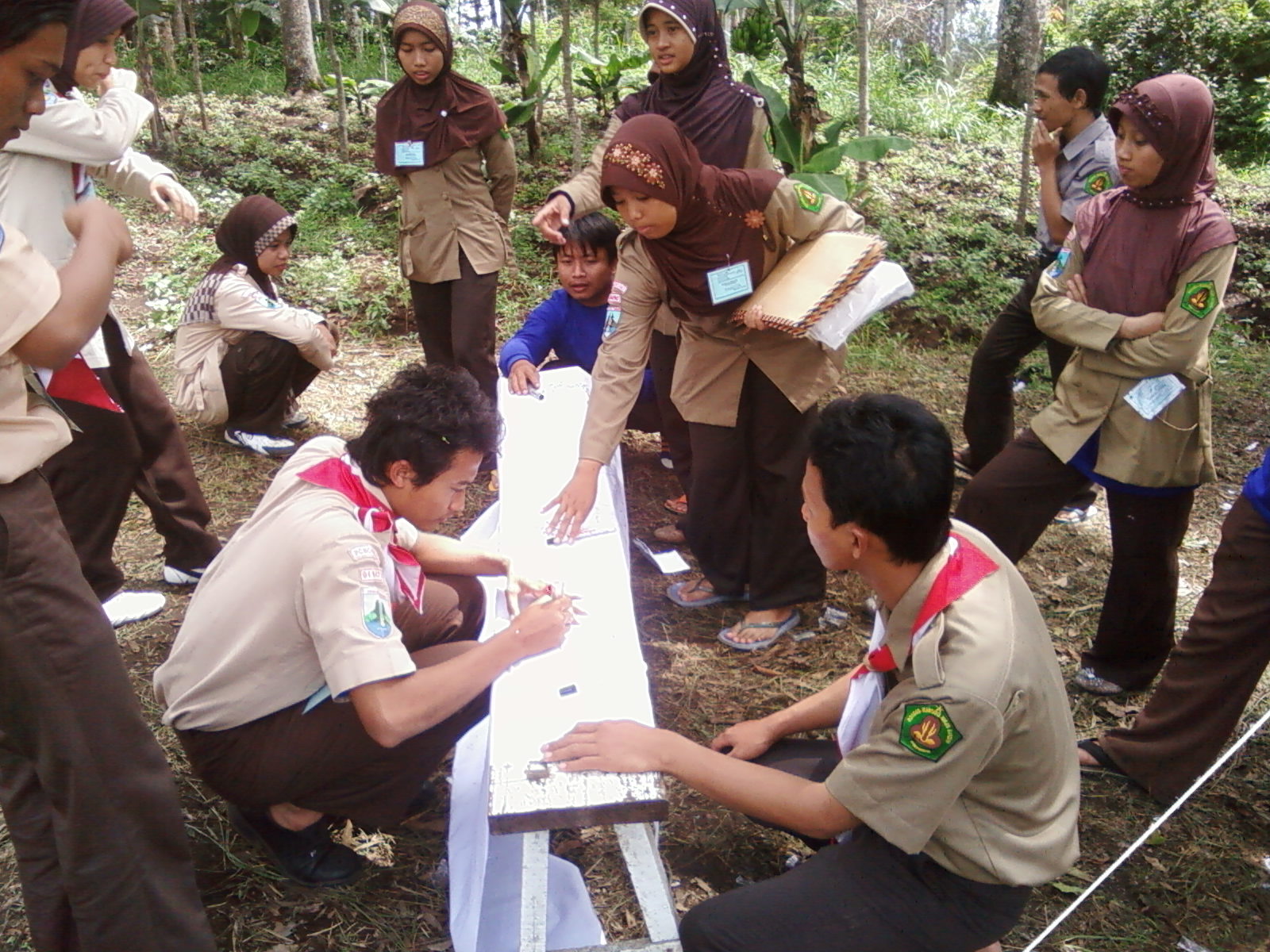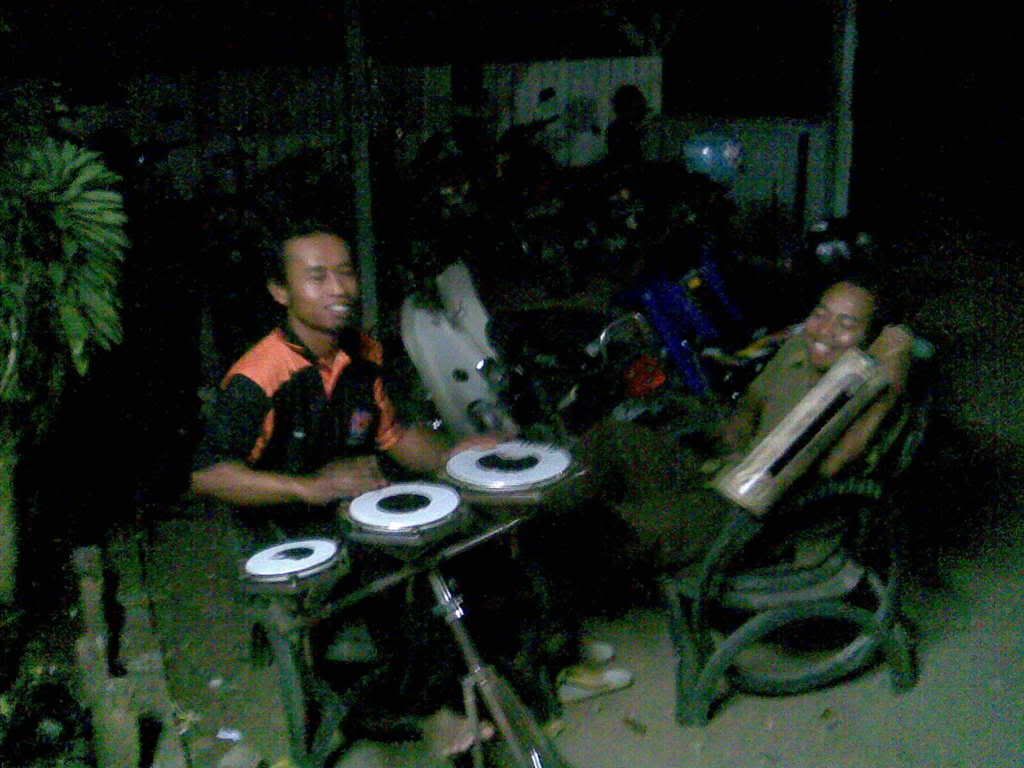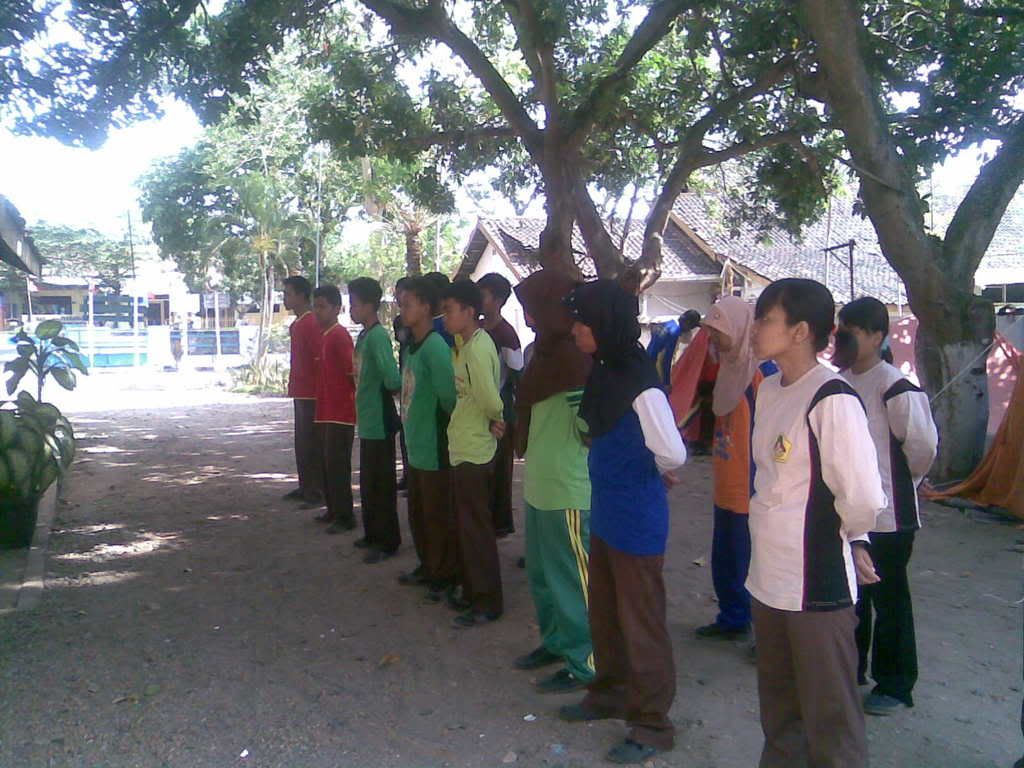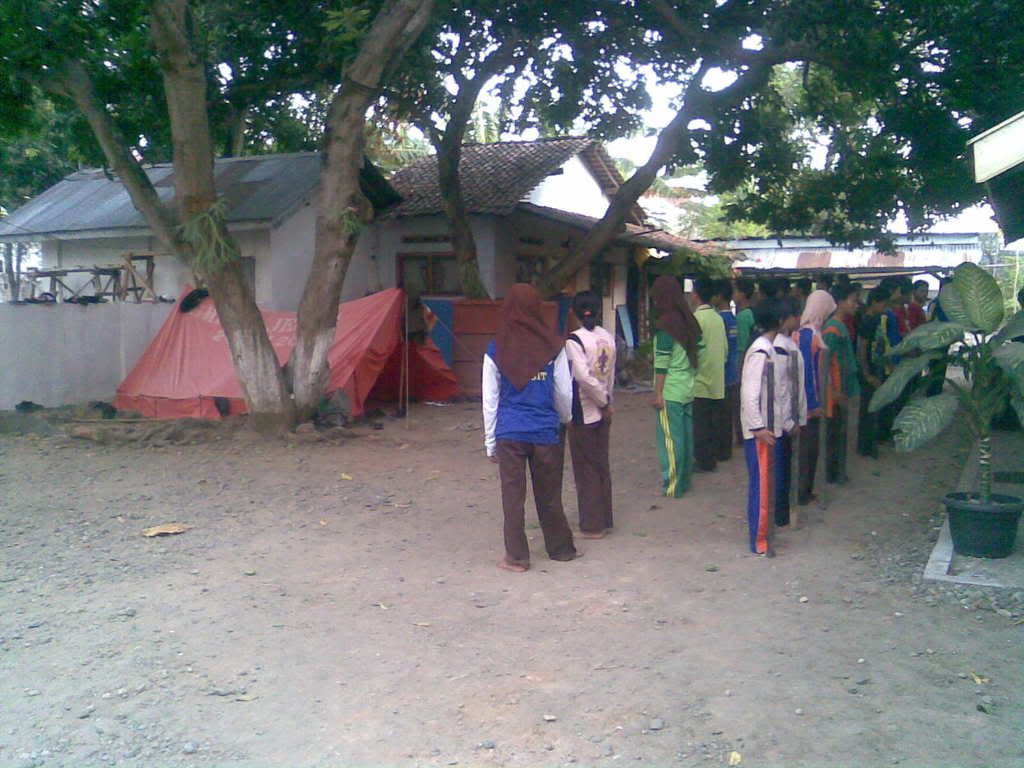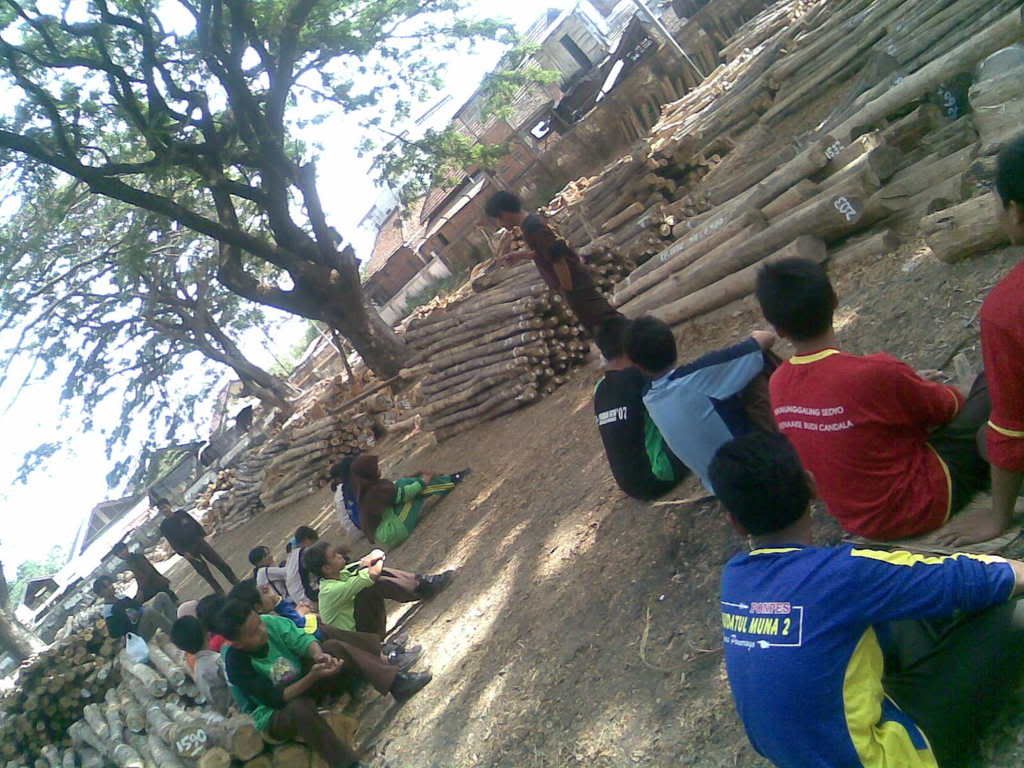Cara Penggunaan
Kompas Suunto tipe KB 14/360R dan KB-77/360 RT
Garis vizir pada lobang pembidik diarahkan pada stasiun target sampai terlihat menjadi segaris. Garis vizir akan terlihat menunjuk pada garis skala tertentu, dimana garis skala tersebut menunjukkan besar azimuth target terhadap arah utara magnetik. Angka yang menunjukkan besarnya azimuth stasiun target terhadap arah utara magnetik, dibaca pada lobang pembidik kompas.
Kompas jenis KB 14/360R, atau KB-77/360 RT memiliki skala penuh sebesar 360?. Setiap satu garis skala menunjukkan perubahan sebesar 1?. Tetapi akurasi pembacaan sudut yang dapat dibaca sampai dengan ??. Sedangkan angka yang tertulis pada card kompas ini merupakan kelipatan 10?.
Sumber-Sumber Kesalahan
Kesalahan yang dapat timbul tidak hanya kesalahan akibat instrumennya sendiri, tetapi juga bila instrumen dihubungkan terhadap sudut pembacaan kompas, instrumen terhadap anomali dan variasi magnetik bumi. Anomali yang disebabkan oleh magnetik batuan, biji besi, dll. Terutama sekali pada area gunung api (Bowler, 1971). Dalam area batu gamping, anomali sebesar 3? adalah hal yang biasa. Pada daerah lava dapat terjadi anomali sebesar 20? . Dengan kesalahan sebesar ini tidak memungkinkan untuk membuat survey magnetik yang akurat (Ellis, 1971).
Arah dari magnet lapangan berubah setiap hari sesuai dengan perubahan dalam ionosphir, ini dikenal dengan diurnal variation, tetapi cukup kecil sekitar 0,2? . Tidak terlalu mengkhawatirkan. Variasi bumi disebabkan oleh perubahan kedalaman dalam bumi dan menghasilkan perubahan sekitar lebih 30? pada periode dua sampai tiga abad. Biasanya dihubungkan sebagai perubahan deklinasi, sekalipun dengan tepat bahwa penyimpangan berbeda secara geografi dan meridian magnetik menyebabkan semua alasan tersebut. Apa yang berhubungan dengan badai magnetik, dapat menyebabkan perubahan yang tidak hilang selama berjam-jam atau berhari-hari dan dalam kasus yang ekstrim dapat sebesar beberapa derajat. Kejadian ini dapat tak teratur dan tidak terkirakan luasnya.
Kesalahan paling sering terjadi dalam satu waktu pembacaan kompas adalah disebabkan oleh jumlah titik stasiun. Pengaruh dari baja atau besi yang melingkupi kompas, kadang terlupakan. Memiringkan sisi kompas saat pembacaan juga menghasilkan kesalahan (Stevens, 1965). Memiringkan kompas dengan sudut terlalu besar, dapat menyebabkan card kompas menjadi lekat dan tidak dapat berputar. Sehingga pembacaan kompas pada stasiun yang lebih tinggi dari yang lain, akan menghasilkan kesalahan. Dengan Suunto dan kompas prismatik Mark III, kemiringan maksimum untuk pembacaan yang presisi adalah 15? . Listrik dapat menyebabkan medan magnet. Garis tenaga listrik dapat mempengaruhi pembacaan kompas.





